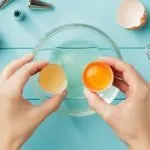
How to Separate Egg Whites from Egg Yolks (Easy Enough for Kids to Do!)
- Total Time: 1 minute
- Yield: 1
Description
Instructions
- Set two clean bowls in front of your workspace. If you’re whipping the egg whites for a recipe and want to be EXTRA careful to not allow any yolk in the bowl, you can use three bowls (see key tips in the notes above for this process).
- To crack, lightly tap the egg on a flat surface or on the rim of a bowl (whatever feels most comfortable), as close to the middle of the egg as possible.
- Over a bowl, use your thumbs to gently pry the egg halves apart. Let the yolk settle in the bottom of the egg shell while the egg white runs into the bowl.
- Pass the egg yolk back and forth between the egg shell halves, while allowing any remaining egg white to fall into your bowl. Be careful so as not to break the egg yolk. If some white hangs off the side and doesn’t seem to come loose, don’t use your fingers to separate it from the shell. The natural body oils in your fingers can interfere with the egg white’s ability to whip up properly. Instead, use the other half of the shell to help pry it loose and slide off into the bowl.
- Let as much egg white as you can drip into the bowl below. After you’ve removed all of the white from the shell, place the egg yolk in a separate bowl.
- Repeat this process until you’ve separated the number of eggs that your recipe calls for.
Notes
Aim to purchase local eggs from pasture-raised, hormone-free chickens. When local isn’t available, look for pasture-raised eggs (preferably organic). For the complete rundown on what to look for on egg labels, check out this article.
- Prep Time: 1 min
- Category: Do It Yourself, How To's, Meal Planning & Prep, Real Food, Food & Nutrition, Health & Wellness, Recipes
- Method: Too Easy



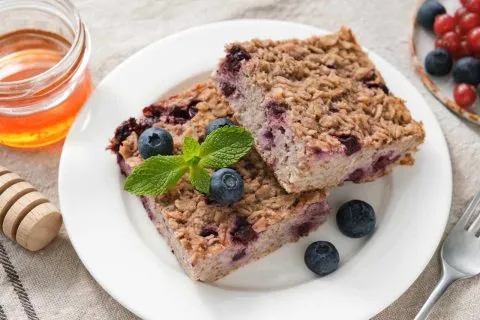
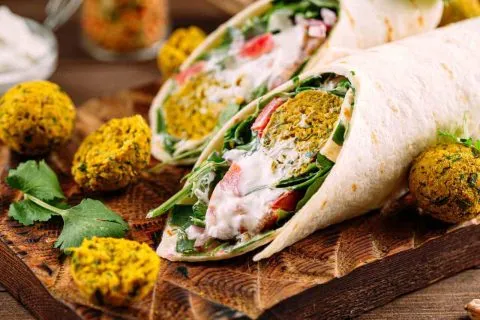
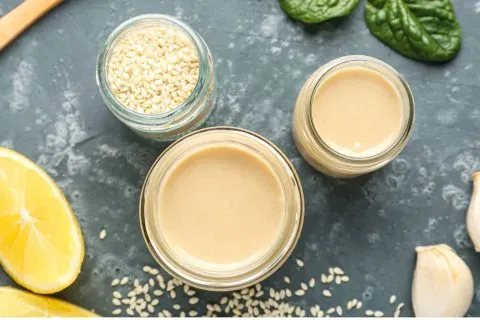
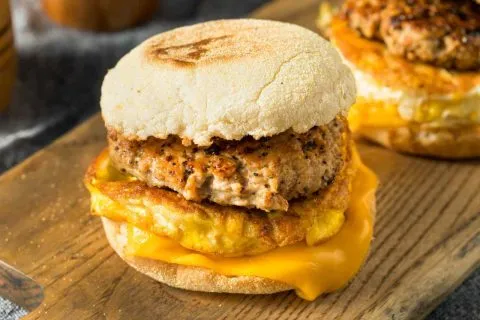
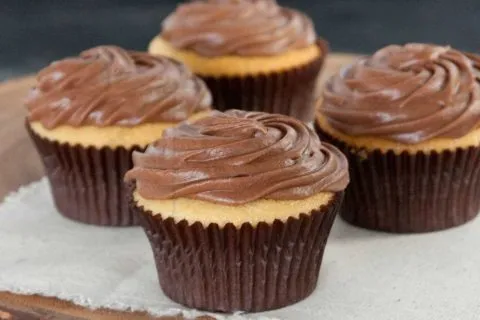
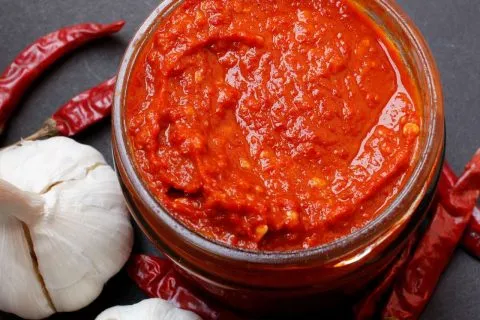
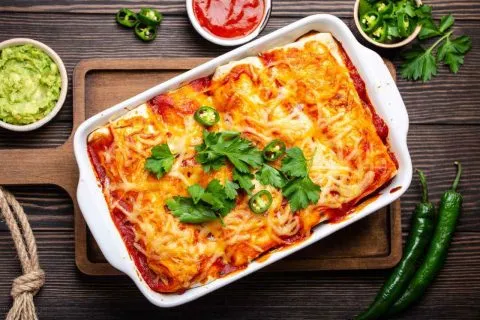
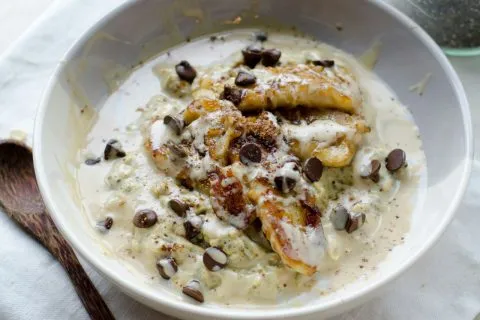
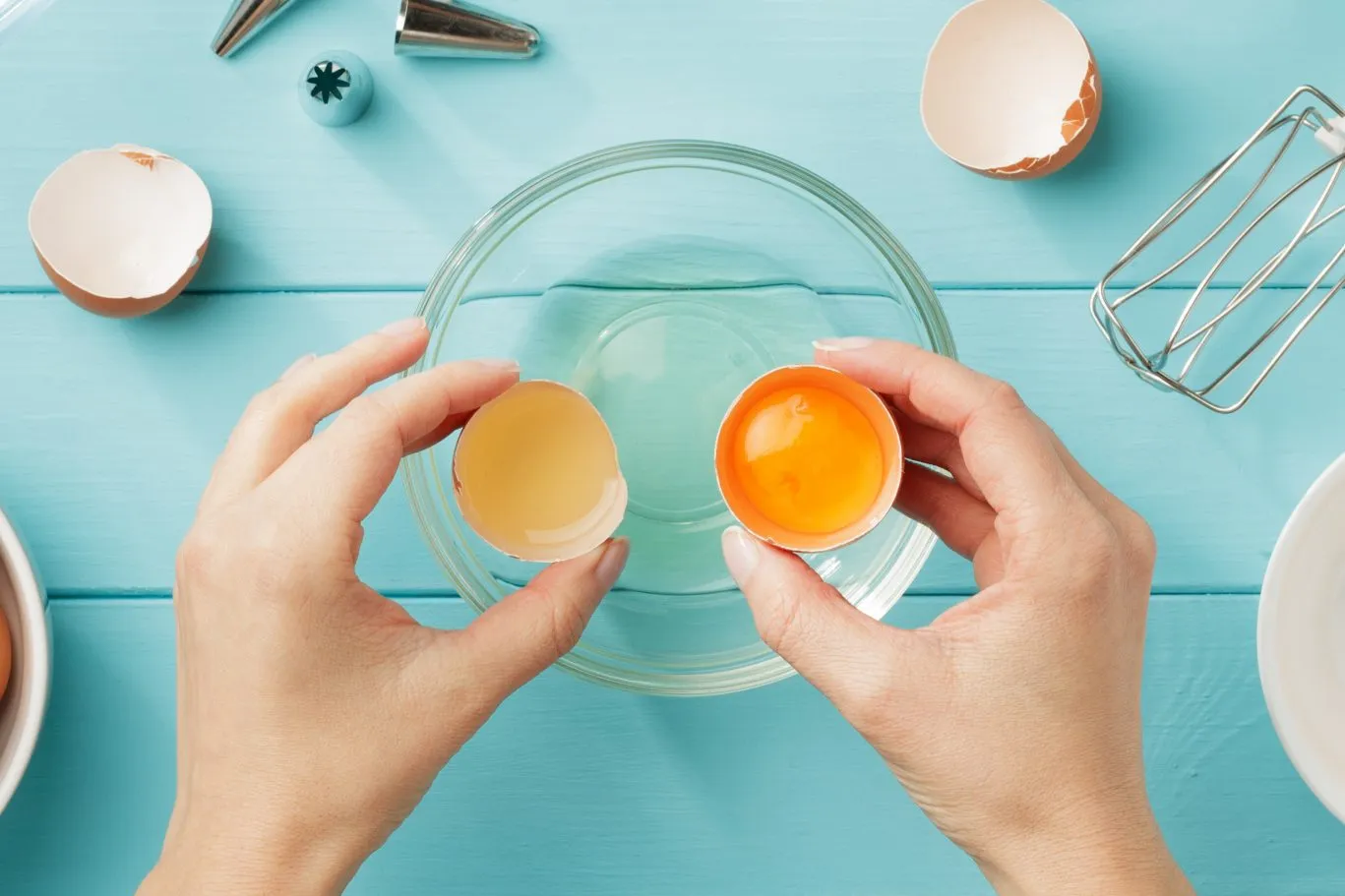



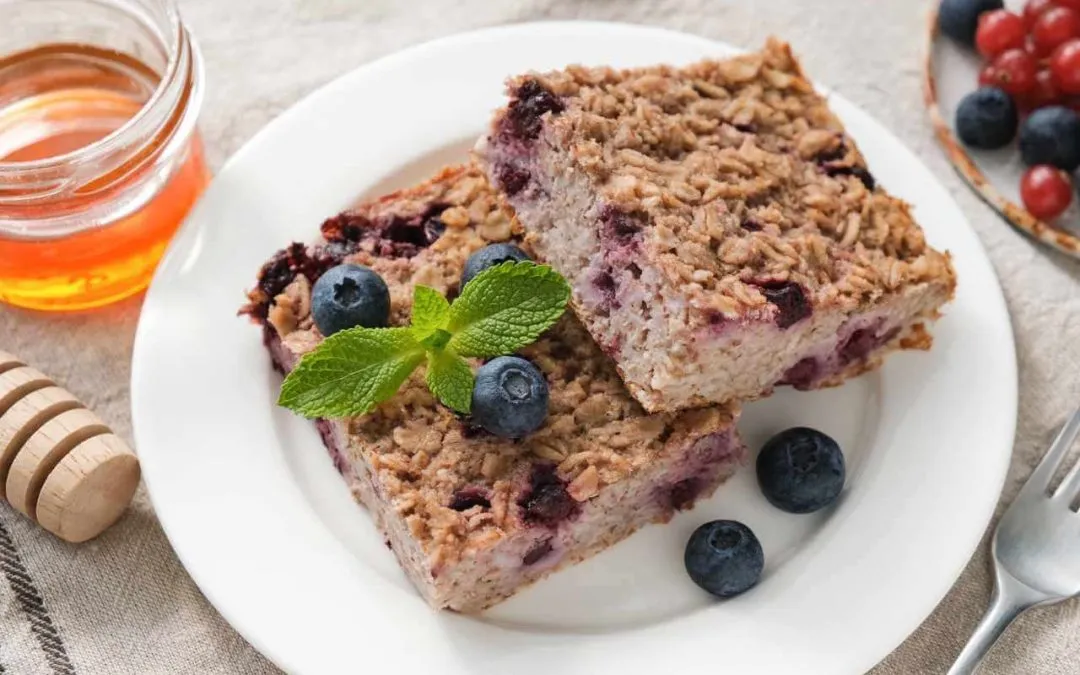









0 Comments